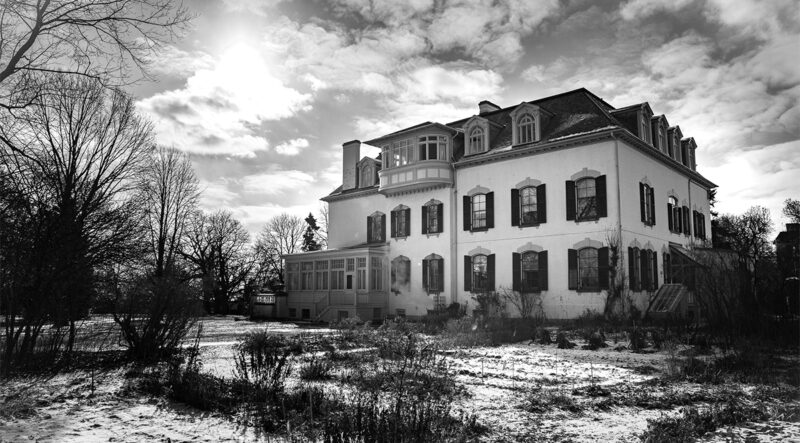Toronto’s Spadina Museum is embracing its after-hours ambience for the Halloween season.
After Dark Tours: The Dearly Departed is a nighttime experience that will explore the historic connections between death and Victorian spiritualism. It’s a topic that administrator Alexandra Kim said has the team excited, especially given the vibe the museum gives off when the sun sets.
“This time around we wanted to do something a little bit different because myself and a number of the team members felt quite strongly that Spadina at night time is a really different experience,” she said, during an early October phone conversation.
It’s also a chance to invite Torontonians back indoors for the Halloween season, given the pandemic.
“We are really excited to begin to do more public programming and inviting people to enjoy our spaces in lots of different ways,” Kim said. “We also begin to see an uptick in inquiries across Toronto History Museums around October because people are very interested to know if our houses are haunted.”
Now, the museum is not haunted, although some stories have circulated among the staff, particularly about the third floor. But nothing substantial, Kim said, with a laugh.
Interpreter Tiber Wilcox echoed the sentiment of Spadina Museum not having any spirits of its own, well at least not outside of those kept in decanters.
The 24-year-old transplanted Albertan has taken the lead on The Dearly Departed and hopes that visitors to the museum will reflect on how we view death today and the importance of culture, psychology and faith in how we make sense of the afterlife. He also hopes that visitors get a sense of the Spadina Museum’s former residents, the Austins, way of life in the 1920s.
Albert Austin was good friends with former prime minister, William Lyon Mackenzie King, who kept his belief in spiritualism and use of mediums under wraps while in office.
“It’s a really important element to discuss during this season,” he said, during an early October phone conversation. “I can’t not talk about 19th-century social doctrines and etiquette around death without mentioning the influence of spiritualism and what that affected.”
Wilcox said he is touching on more facets of spiritualism, including spirit photography, but the core of his program focuses on exploring why people believed in the paranormal, as opposed to debating the existence of spirits.
Even though it’s Halloween, the spookiness factor isn’t what Wilcox hopes people take away from the experience.
“A lot of Halloween programs for museums are surrounded by the idea of ghost stories, which can oftentimes be circumstantial and not indicative of a true and honest narrative,” he said. “Whereas this one really takes an overview and makes more of a cultural connection to the area, the home itself and to Toronto and that just feels very real and tangible.”
It’s not the first time Spadina’s team has entertained the notion of spiritualism. The team ran a program in 2019 called The Curious Clairvoyance, which taught guests about the history and science of talking boards, a.k.a. Ouija boards, and also delved into other examples of divination like palmistry, card reading and tea leaf reading.
The Spadina Museum is one of 10 museums run by the City of Toronto.
Named from the Anishnaabemowin word ishpadina, meaning highland, the Spadina Museum sits recessed from the Baldwin Steps, where the old shores of Lake Algonquin once lapped. Its neighbour is the rather ostentatious Casa Loma.
After Dark Tours: The Dearly Departed runs from October 25 to 28, as well as on October 31. It’s recommended that youth 12 to 16 be accompanied by an adult.
Photo courtesy Spadina Museum

